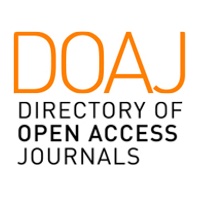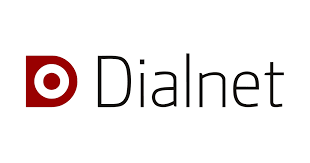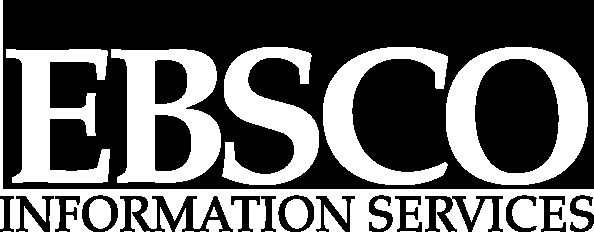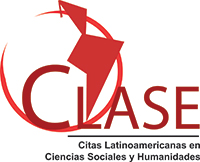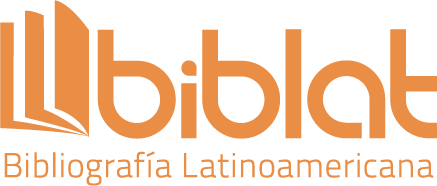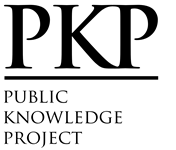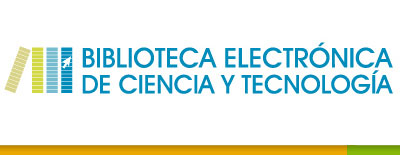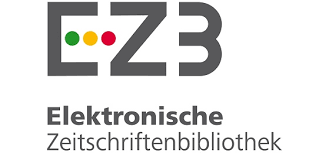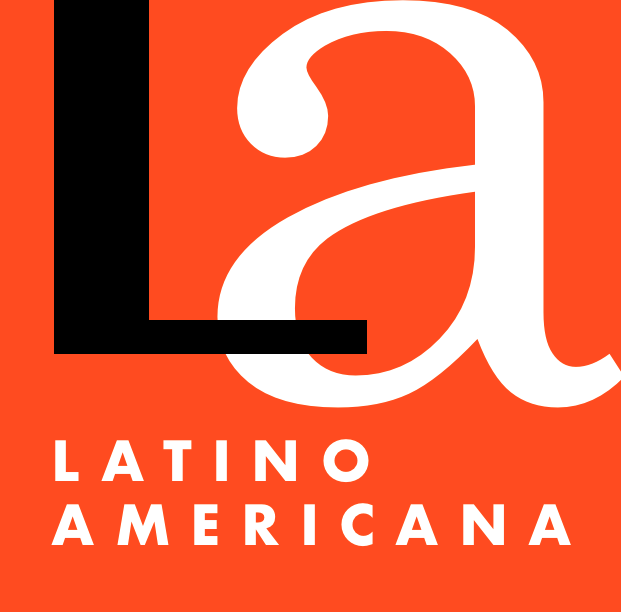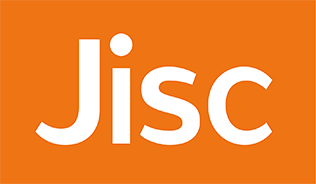Mudando a relação entre ciência e religião através de currículos islâmicos integrados
Uma posição teórica sobre a educação científica baseada na fé
Resumo
Este artigo teórico explora a integração dos valores religiosos em um currículo de ciências primárias alinhado aos Padrões da Próxima Geração de Ciências (NGSS) dentro de contextos educacionais islâmicos. Abordando o conflito histórico entre ciência e religião, o artigo utiliza a tipologia de Ian Barbour para propor um modelo onde ciência e religião são vistas como complementares. Ao integrar os princípios da educação islâmica —Tawhid (Unidade de Deus), Tarbiyah (desenvolvimento moral e de caráter), Ta'lim (instrução) e Tazkiyah (purificação espiritual e crescimento pessoal)— o currículo proposto busca promover uma experiência educacional holística. Essa abordagem aprimora a compreensão científica a partir de uma perspectiva baseada na fé, promovendo tanto o crescimento espiritual quanto intelectual. O design curricular inclui aprendizagem baseada em projetos, integração do Alcorão e atividades que incentivam o pensamento de nível superior e o engajamento comunitário. O artigo conclui com uma discussão sobre os benefícios e desafios potenciais da implementação de um currículo integrado desse tipo, enfatizando seu papel na formação de indivíduos completos que possam aplicar simultaneamente os princípios islâmicos e o conhecimento científico às questões contemporâneas.
Downloads
Referências
Abdullah, M.A. (2014). Religion, science, and culture: An integrated, interconnected paradigm of science. Al-Jami'ah: Journal of Islamic Studies, 52(1), 175-203.
Abdelaal, H. M., & Youness, H. A. (2019). Hadith classification using machine learning techniques according to its reliability. Romanian Journal of Information Science and Technology, 22(3–4), 259–271.
Adawiyah, R. (2021). Strategy for integration of science and religion in Islamic education in 4.0 era. At-Ta'dib, 16(1), 136.
Aprison, W., & Junaidi, J. (2022). The integration of religious values into sciences-related topic toward postmodernism of science in Islam. AL-ISHLAH: Jurnal Pendidikan, 14(4), 5885-5896.
Barbour, I.G. (2000). When science meets religion: Enemies, strangers or partners? Harper.
Billingsley, B., Riga, F., Taber, K.S., & Newdick, H. (2014). Secondary school teachers’ perspectives on teaching about topics that bridge science and religion. The Curriculum Journal, 25(3), 372-395.
Damper, R.I. (2022). Science and religion in conflict, Part 2: Barbour’s four models revisited. Foundations of Science, (29), 703-740.
Dreikurs, R., & Soltz, V. (1964). Children: The Challenge (1st ed.). Hawthorn Books, Inc., Pub.
Ellison, C.W., & Paloutzian, R F. (1982). Spiritual well-being: Conceptualization and measurement. Journal of Psychology and Theology, 11(4), 330-340.
Faryadi, Q. (2015). An Islamic perspective of teaching philosophy: A personal justification. IOSR Journal of Research & Method in Education, 5(6), 49-60.
Grossman, P., Pupik Dean, C.G., Kavanagh, S.S., & Herrmann, Z. (2019). Preparing teachers for project-based teaching. Penn GSE Perspectives on Urban Education. https://www.gse.upenn.edu/academics/research/penn-pbl
Hassan, A., Suhid, A., Abiddin, N.Z., Ismail, H., & Hussin, H. (2010). The role of Islamic philosophy of education in aspiring holistic learning. Procedia - Social and Behavioral Sciences, 5, 2113-2118.
Hawkins, D. (1974). I, Thou, and It. In The Informed Vision: Essays on Learning and Human Nature (pp. 51-65). Algora Publishing.
Henrick, E.C., Eddy, M., Reischl, C., & Halverson, R. (2021). Systems coherence for continuous improvement: Practitioner practices for a partnership-based approach to improvement. Education Development Center. https://files.eric.ed.gov/fulltext/ED611679.pdf
Hinterplattner, S. (2022). K-12 Christian school teachers’ perspectives on faith and learning. International Journal of Christianity & Education, 27(1), 6-26.
Hodge, D.R. (2003). The intrinsic spirituality scale: A new six-item instrument for assessing the salience of spirituality as a motivational construct. Journal of Social Service Research, 30(1), 41-61.
Johnson, K.A., Okun, M.A., & Moon, J.W. (2023). The interaction of faith and science mindsets predicts perceptions of the relationship between religion and science. Current Research in Ecological and Social Psychology, 4 (100113), 1-7.
Khamis, M.H., & Salleh, M.J. (2010). The philosophy and objectives of education in Islam. Proceedings of the Regional Conference on Islamic Education, Shah Alam, 24-25, 1-14.
Kotsonis, A. (2021). The prominent role of education in the Platonic accounts of imperfect political systems. Journal of Philosophy of Education, 55(2), 347-357.
Khozin, K., & Umiarso, U. (2019). The Philosophy and Methodology of Islam-Science Integration: Unravelling the Transformation of Indonesian Islamic Higher Institutions. Ulumuna, 23(1), 135-162. https://doi.org/10.20414/ujis.v23i1.359
Lawrence, C., Mhlaba, T., Stewart, K.A., Moletsane, R., Gaede, B., & Moshabela, M. (2018). The hidden curricula of medical education: A scoping review. Academic Medicine, 93(4), 648-656.
Lederman, N.G., Abd‐El‐Khalick, F., Bell, R.L., & Schwartz, R. (2002). Views of nature of science questionnaire: Toward valid and meaningful assessment of learners' conceptions of nature of science. Journal of Research in Science Teaching, 39(6), 497-521.
Lee, A. (2019). Science and religion as languages: understanding the science–religion relationship using metaphors, analogies, and models. Zygon, 54(4), 880-908.
Lewthwaite, B.E. (2001). Implementation of a science curriculum: The development of a Science Curriculum Implementation Questionnaire. International Journal of Science Education, 23(9), 895-919.
Mansir, F. (2021). Interconnection of religious education and modern science in Islamic religious learning. EDUKASI: Jurnal Pendidikan Islam, 9(2), 229-237.
Mansour, N. (2008). Religious beliefs: A hidden variable in the performance of science teachers in the classroom. European Educational Research Journal, 7(4), 557-576.
McKenna, B. (2019). Social practice wisdom. In Practice wisdom (pp. 29-38). https://doi.org/10.1163/9789004410497_003
Mkwananzi, F., & Wilson-Strydom, M. (2018). Capabilities expansion for marginalised migrant youths in Johannesburg: The case of Albert Street School. HTS Teologiese Studies / Theological Studies, 74(3). https://doi.org/10.4102/hts.v74i3.5041
National Research Council. (2000). How people learn: Brain, mind, experience, and school (Expanded ed.). National Academy Press.
National Research Council. (2013). Next generation science standards: For states, by states. The National Academies Press. https://www.nextgenscience.org/search-standards?&tid[]=98
NGSS Lead States. (2024). Next generation science standards. https://www.nextgenscience.org/
Organisation for Economic Co-operation and Development. (2014). TALIS 2013 results: An international perspective on teaching and learning. OECD Publishing. https://doi.org/10.1787/9789264196261-en
Paiva, J.C., Rosa, M., Moreira, J.R. et al. (2022). Science-Religion Dialogue in Education: Religion Teachers’ Perceptions in a Roman-Catholic Context. Res Sci Educ 52, 287-304. https://doi.org/10.1007/s11165-020-09941-x
Paulissen, P. (2018). The dark of the covenant: Christian imagery, fundamentalism, and the relationship between science and religion in the halo video game series. Religions, 9(4), 126. https://doi.org/10.3390/rel9040126
Şahin, A. (2018). Critical issues in Islamic education studies: Rethinking Islamic and Western liberal secular values of education. Religions, 9(11), 335. https://doi.org/10.3390/rel9110335
Shin, J. (2016). Mapping one world: religion and science from an East Asian perspective. Zygon, 51(1), 204-224. https://doi.org/10.1111/zygo.12239
Snowden, J.H. (1917). The scientific spirit in theological study and teaching. The Biblical World, 49(5), 275-280.
SurahQuran.com. (2024). Quran, Surah 3, Ayah 103, English translation. https://surahquran.com/english-aya-103-sora-3.html#:~:text=English
Tadros, M. (2011). The faith factor in reimagining development. IDS Bulletin, 42(5), 63-67. https://doi.org/10.1111/j.1759-5436.2011.00253.x
Taylor, B.D., Buckner, A.V., Walker, C.D., & Blumenthal, D.S. (2011). Faith-based partnerships in graduate medical education. American Journal of Preventive Medicine, 41(4), S283-S289.
Yusoff, Y., Ismail, R., & Hassan, Z. (2010). Adopting hadith verification techniques into digital evidence authentication. Journal of Computer Science, 6(6), 613–618.
Wahyuni, A. (2020). Integration of Islamic values in science education: A reconstruction effort in education. Halaqa: Islamic Education Journal, 4(2), 163–168. https://doi.org/10.21070/halaqa.v4i2.1000
Warapsari, L.B., Mustofa, T.A., & Jinan, M. (2023). Integration of islamic religious education and general science at sma it nur hidayah sukoharjo. Advances in Social Science, Education and Humanities Research, 490-498. https://doi.org/10.2991/978-2-38476-102-9_44
Wiggins, G., & McTighe, J. (2005). Understanding by design (Expanded 2nd ed.). Association for Supervision and Curriculum Development (ASCD).
Wiguna, A., Jayadi, J., Heriyanto, A., Setiani, F., Anggraini, G., Praytno, H.J., & Zakaria, G. A. N. (2020). Character strength and virtues in the perspective of Islamic education psychology and implication in guidance and counseling services. PSIKOPEDAGOGIA Jurnal Bimbingan Dan Konseling, 9(1), 17. https://doi.org/10.12928/psikopedagogia.v9i1.17909
Copyright (c) 2025 Aya M. Isaac

This work is licensed under a Creative Commons Attribution-NonCommercial-ShareAlike 4.0 International License.
Os autores detêm os direitos autorais e garantem à revista o direito de ser a primeira publicação do trabalho. Caso uma tradução do artigo já publicado na Austral Comunicación possa ser publicada em outra revista, solicita-se registrar a publicação original na versão traduzida.
A licença utilizada é CC BY-NC-SA, que permite compartilhar (copiar e redistribuir o material em qualquer meio e formato) e adaptar (remixar, transformar e construir sobre o material) nos seguintes termos: atribuição (reconhecer a autoria) e não comercial (o material não pode ser usado para fins comerciais). Atualização: 1 de fevereiro de 2022.
A Austral Comunicación permite ao (s) autor (es) reter os direitos de publicação sem restrições.










